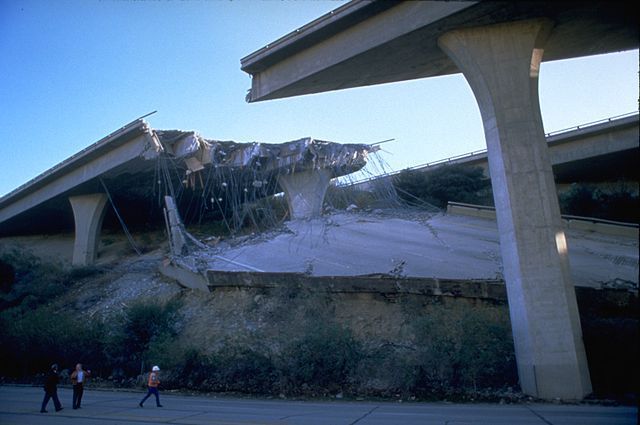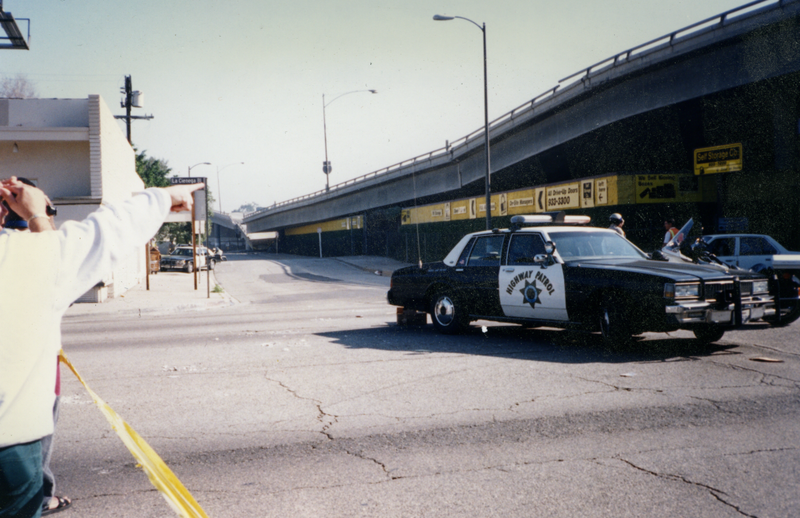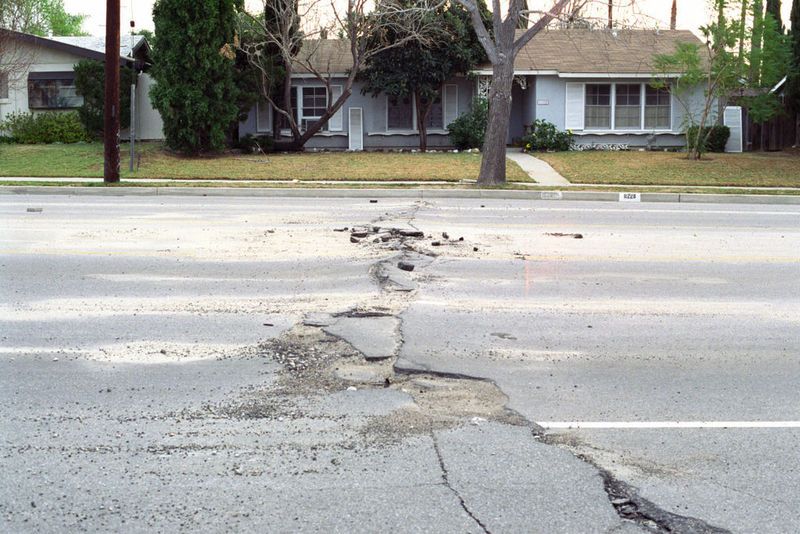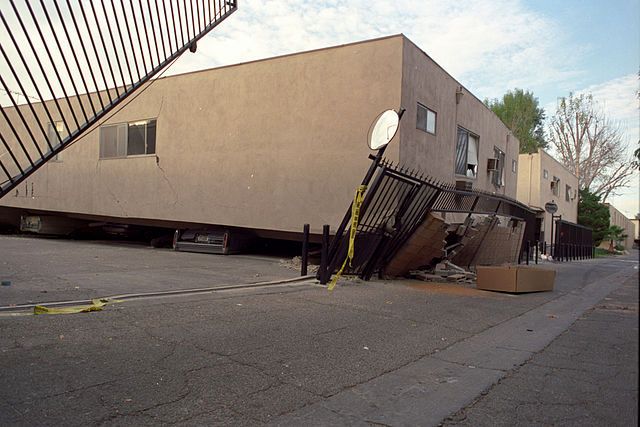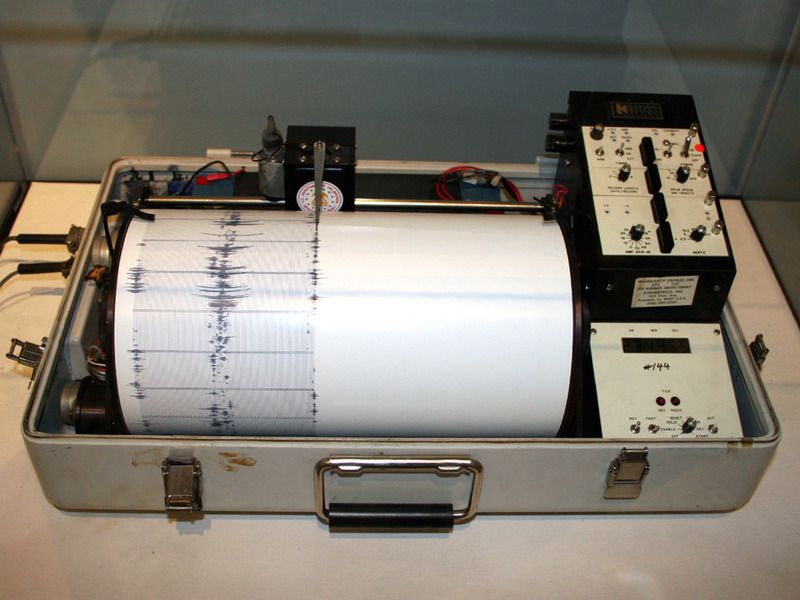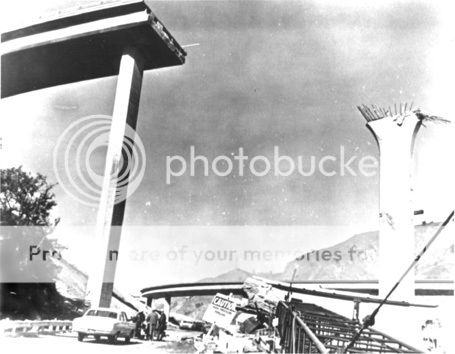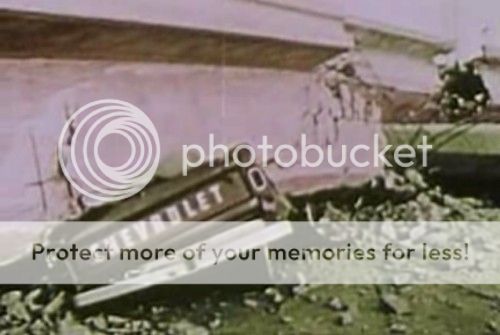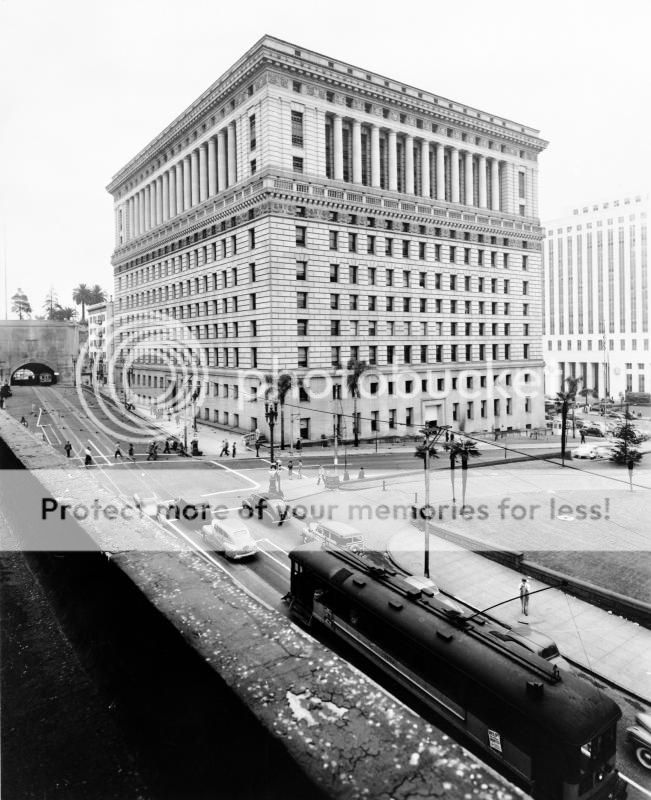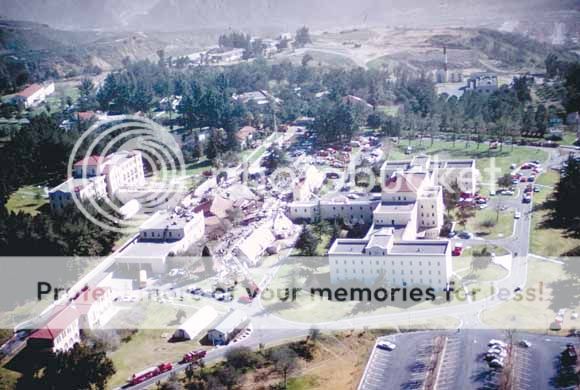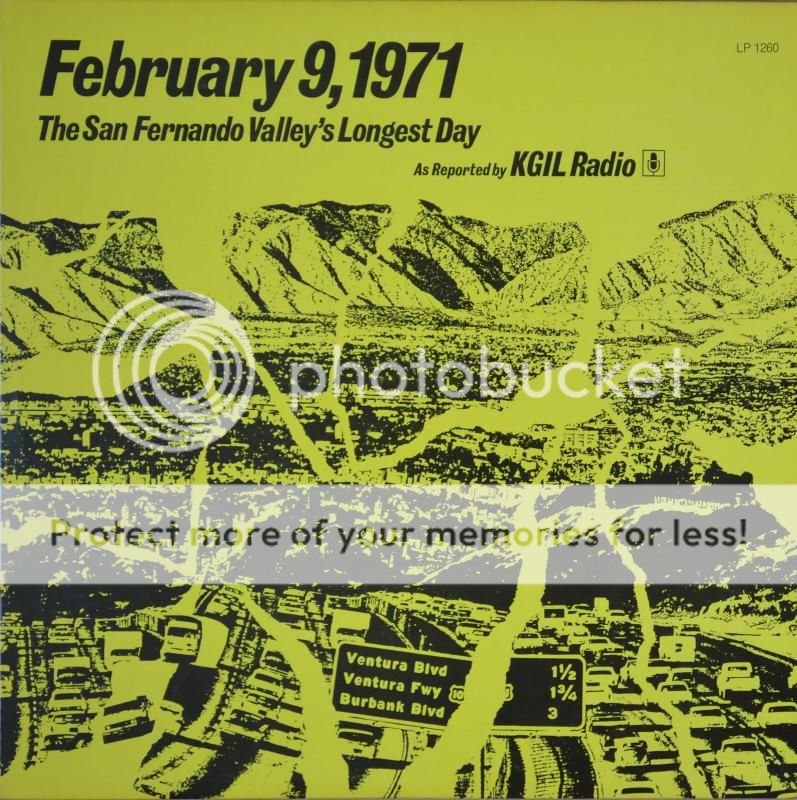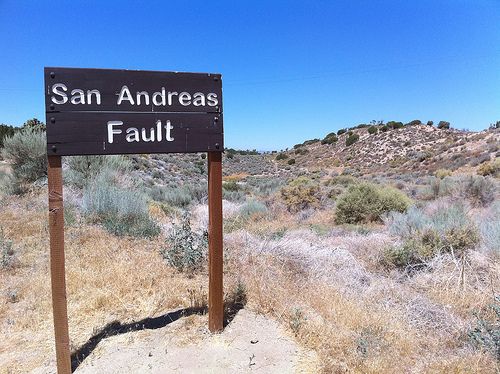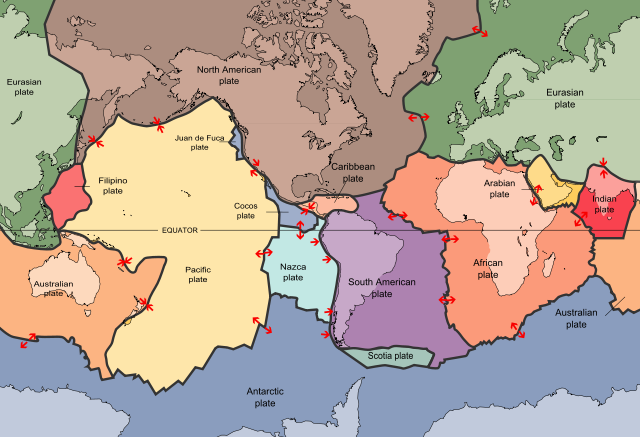WHERE HIGHWAY 126 MEETS CENTRAL AVENUE - With the towering San Cayetano Mountain peak providing a fantastic scenic backdrop the small Ventura County city of Fillmore is a unique fusion of Southern California's past and present. Located in the Santa Clara River Valley, roughly between Santa Clarita and Ventura along State Route 126, in the last week Fillmore has been in the news as the area has been experiencing dozens of small earthquakes. Aside from Mother Nature reminding us we live in earthquake country, there are more interesting things about Fillmore than may meet the eye.
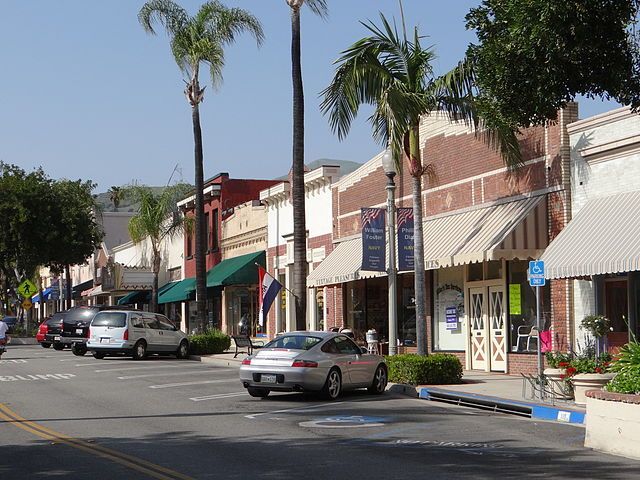
View of downtown Fillmore. Used under a Creative Commons License.
So, as the city celebrates its 101st anniversary, here are ten interesting facts about "The Last Best Small Town," Fillmore.
1 - The City of Fillmore Is NOT Named After The President
Yes, let us get this one out of the way. Millard Fillmore was the 13th President of the United States, and 12th Vice President of the United States, and there are several cities, street names and places, like The Fillmore in San Francisco, around the country named after the president, but that city in Ventura County is not one of them. The city name has nothing at all to do with the president.
2 - So, Where Did Fillmore Get Its Name?
Fillmore's name comes not from a former president, but a former general superintendent. The name was J. A. Fillmore, and he was the general superintendent for the pacific division of the Southern Pacific Railroad.
3 - The Railroad Is How Fillmore Came To Be
Like a handful of cities around Southern California the city Fillmore came to be thanks to "The Octopus," Southern Pacific Railroad. In 1887 Southern Pacific built a railroad through the Santa Clara River Valley, and the powers that be at the railroad, and the Southern Pacific was a very large power, established this little town of Fillmore. On July 10, 1914, Fillmore residents voted to incorporate the the town, officially making it the city of Fillmore.
4 - Fillmore's Roots Go Way Back Before The Railroad
On around August 11, 1769, the controversial Spanish Portola expedition came down into the valley from a night's encampment near Rancho Camulos and set up camp in what is now modern day Fillmore. A short time before the full Spanish Portola expedition came into the valley Franciscan Fray Juan Crespi, who had been traveling with the expedition, ventured on his own in a trip to the then unnamed Santa Clara River Valley, and during that lone venture Franciscan Crespi named the valley, Cañada de Santa Clara.
5 - Hollywood Comes To Fillmore
With its charming small town feeling and look, old trains provided by The Fillmore & Western Railway, citrus fields all around and the city being rather close to the Entertainment Capital of The World, many films and television shows have been filmed in Fillmore. In fact, the City of Fillmore has its own Film Fillmore website where you, whether you are a film student, independent film maker or blockbuster film director, can apply for a film permit.
6 - Badly Hit By The 1994 Northridge Earthquake
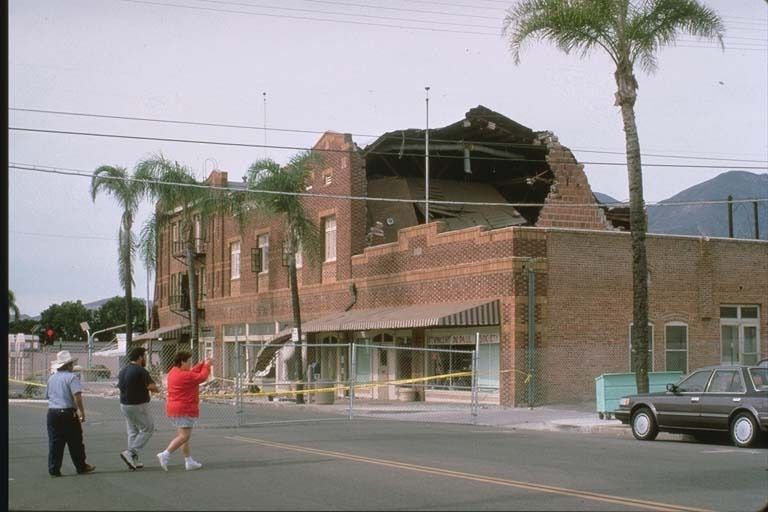
Damaged hotel and theater building in downtown Fillmore following the 1994 earthquake. Photograph by NOAA/NGDC, J. Dewey, U.S. Geological Survey. Image in public domain.
As the Los Angeles film industry has found its way to this little city northwest of The City of Angeles its real life disasters have also been felt in Fillmore. The 1994 Northridge Earthquake still remains the most costly earthquake in American history, and the damage was not confined to the L.A. area. The thrust of that earthquake at 4:31 a.m. moved in a northwest direction, which resulted in severe damage in Fillmore. Its historic downtown area suffered severe damage, and many homes were badly damaged. This bit of recent history is not lost on many Fillmore residents now dealing with and wondering about the dozens of minor earthquakes in recent days.
7 - You Can Still Hear, and Ride, The Old Trains In Fillmore
Fillmore's modern existence came to be thanks to the railroads. Now thanks to The Fillmore & Western Railway you can still ride the old trains. Throughout the year The Fillmore & Western Railway provides train rides along the railway with its locomotives through the Santa Clara River Valley.
8 - Fillmore Has Its Own Newspaper Of Record
While The Ventura County Star is the main newspaper for Ventura County, Fillmore has its own newspaper, The Fillmore Gazette, "The Newspaper of Record for the City of Fillmore."
9 - Fillmore Freeway Debate
The 126 provides a very scenic drive between Ventura and Santa Clarita, and it has become a not-so-secret route between Ventura County and the L.A. area in the last 20 years for commuters not too happy to use U.S. Route 101. With more drivers motoring along highway 126 it has earned a not so great name, Blood Alley, due to the high volume of accidents. In these last couple decades there has been some debate and study whether or not to build a freeway from the Interstate 5 and SR 126 interchange in Santa Clarita to where the 126 becomes a freeway in Santa Paula. This idea has not quite been welcomed by city officials and boosters in Fillmore. City officials fear a freeway will bypass the city, which will cause Fillmore to lose lots of money as motorists would not be traveling through the heart of Fillmore.
As it stands now the California Department of Transportation (CalTrans) has no immediate plans to build a freeway. In the meantime there have been improvements along the 126, such as adding lanes.
10 - It Is Still A Big Agriculture City
In a lot of cities around Southern California you would be very hard-pressed to find a place where the economy is driven by agriculture. The hundreds of citrus groves that once dominated the Southern California landscape gave way to paved roads, tract-housing and strip malls. In Fillmore you can still find rows of citrus trees around the town, and the Fillmore economy is driven by agriculture.

View of downtown Fillmore. Used under a Creative Commons License.
So, as the city celebrates its 101st anniversary, here are ten interesting facts about "The Last Best Small Town," Fillmore.
1 - The City of Fillmore Is NOT Named After The President
Yes, let us get this one out of the way. Millard Fillmore was the 13th President of the United States, and 12th Vice President of the United States, and there are several cities, street names and places, like The Fillmore in San Francisco, around the country named after the president, but that city in Ventura County is not one of them. The city name has nothing at all to do with the president.
2 - So, Where Did Fillmore Get Its Name?
Fillmore's name comes not from a former president, but a former general superintendent. The name was J. A. Fillmore, and he was the general superintendent for the pacific division of the Southern Pacific Railroad.
3 - The Railroad Is How Fillmore Came To Be
Like a handful of cities around Southern California the city Fillmore came to be thanks to "The Octopus," Southern Pacific Railroad. In 1887 Southern Pacific built a railroad through the Santa Clara River Valley, and the powers that be at the railroad, and the Southern Pacific was a very large power, established this little town of Fillmore. On July 10, 1914, Fillmore residents voted to incorporate the the town, officially making it the city of Fillmore.
4 - Fillmore's Roots Go Way Back Before The Railroad
On around August 11, 1769, the controversial Spanish Portola expedition came down into the valley from a night's encampment near Rancho Camulos and set up camp in what is now modern day Fillmore. A short time before the full Spanish Portola expedition came into the valley Franciscan Fray Juan Crespi, who had been traveling with the expedition, ventured on his own in a trip to the then unnamed Santa Clara River Valley, and during that lone venture Franciscan Crespi named the valley, Cañada de Santa Clara.
5 - Hollywood Comes To Fillmore
With its charming small town feeling and look, old trains provided by The Fillmore & Western Railway, citrus fields all around and the city being rather close to the Entertainment Capital of The World, many films and television shows have been filmed in Fillmore. In fact, the City of Fillmore has its own Film Fillmore website where you, whether you are a film student, independent film maker or blockbuster film director, can apply for a film permit.
6 - Badly Hit By The 1994 Northridge Earthquake

Damaged hotel and theater building in downtown Fillmore following the 1994 earthquake. Photograph by NOAA/NGDC, J. Dewey, U.S. Geological Survey. Image in public domain.
As the Los Angeles film industry has found its way to this little city northwest of The City of Angeles its real life disasters have also been felt in Fillmore. The 1994 Northridge Earthquake still remains the most costly earthquake in American history, and the damage was not confined to the L.A. area. The thrust of that earthquake at 4:31 a.m. moved in a northwest direction, which resulted in severe damage in Fillmore. Its historic downtown area suffered severe damage, and many homes were badly damaged. This bit of recent history is not lost on many Fillmore residents now dealing with and wondering about the dozens of minor earthquakes in recent days.
7 - You Can Still Hear, and Ride, The Old Trains In Fillmore
Fillmore's modern existence came to be thanks to the railroads. Now thanks to The Fillmore & Western Railway you can still ride the old trains. Throughout the year The Fillmore & Western Railway provides train rides along the railway with its locomotives through the Santa Clara River Valley.
8 - Fillmore Has Its Own Newspaper Of Record
While The Ventura County Star is the main newspaper for Ventura County, Fillmore has its own newspaper, The Fillmore Gazette, "The Newspaper of Record for the City of Fillmore."
9 - Fillmore Freeway Debate
The 126 provides a very scenic drive between Ventura and Santa Clarita, and it has become a not-so-secret route between Ventura County and the L.A. area in the last 20 years for commuters not too happy to use U.S. Route 101. With more drivers motoring along highway 126 it has earned a not so great name, Blood Alley, due to the high volume of accidents. In these last couple decades there has been some debate and study whether or not to build a freeway from the Interstate 5 and SR 126 interchange in Santa Clarita to where the 126 becomes a freeway in Santa Paula. This idea has not quite been welcomed by city officials and boosters in Fillmore. City officials fear a freeway will bypass the city, which will cause Fillmore to lose lots of money as motorists would not be traveling through the heart of Fillmore.
As it stands now the California Department of Transportation (CalTrans) has no immediate plans to build a freeway. In the meantime there have been improvements along the 126, such as adding lanes.
10 - It Is Still A Big Agriculture City
In a lot of cities around Southern California you would be very hard-pressed to find a place where the economy is driven by agriculture. The hundreds of citrus groves that once dominated the Southern California landscape gave way to paved roads, tract-housing and strip malls. In Fillmore you can still find rows of citrus trees around the town, and the Fillmore economy is driven by agriculture.
